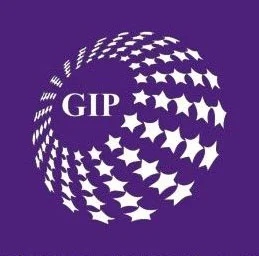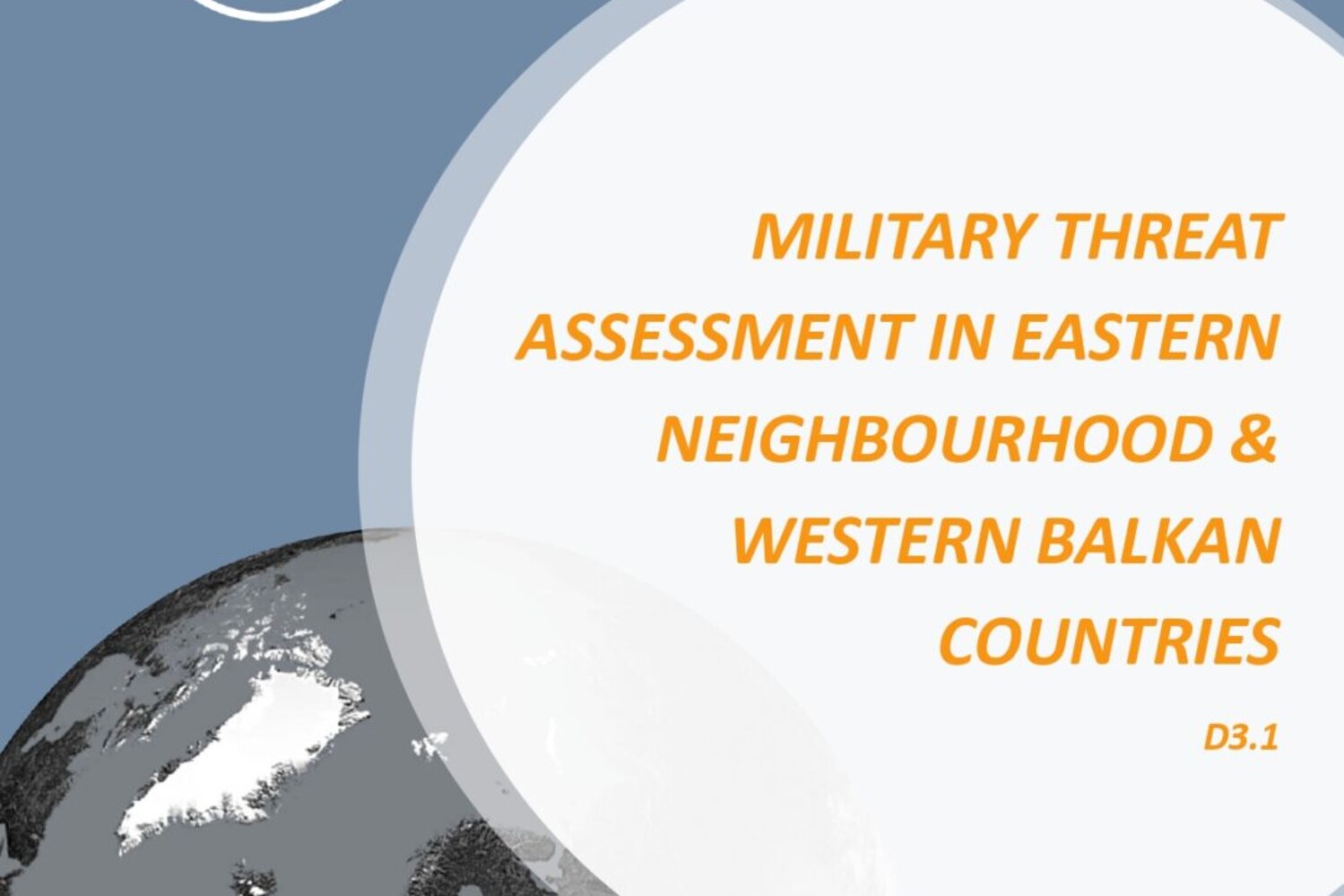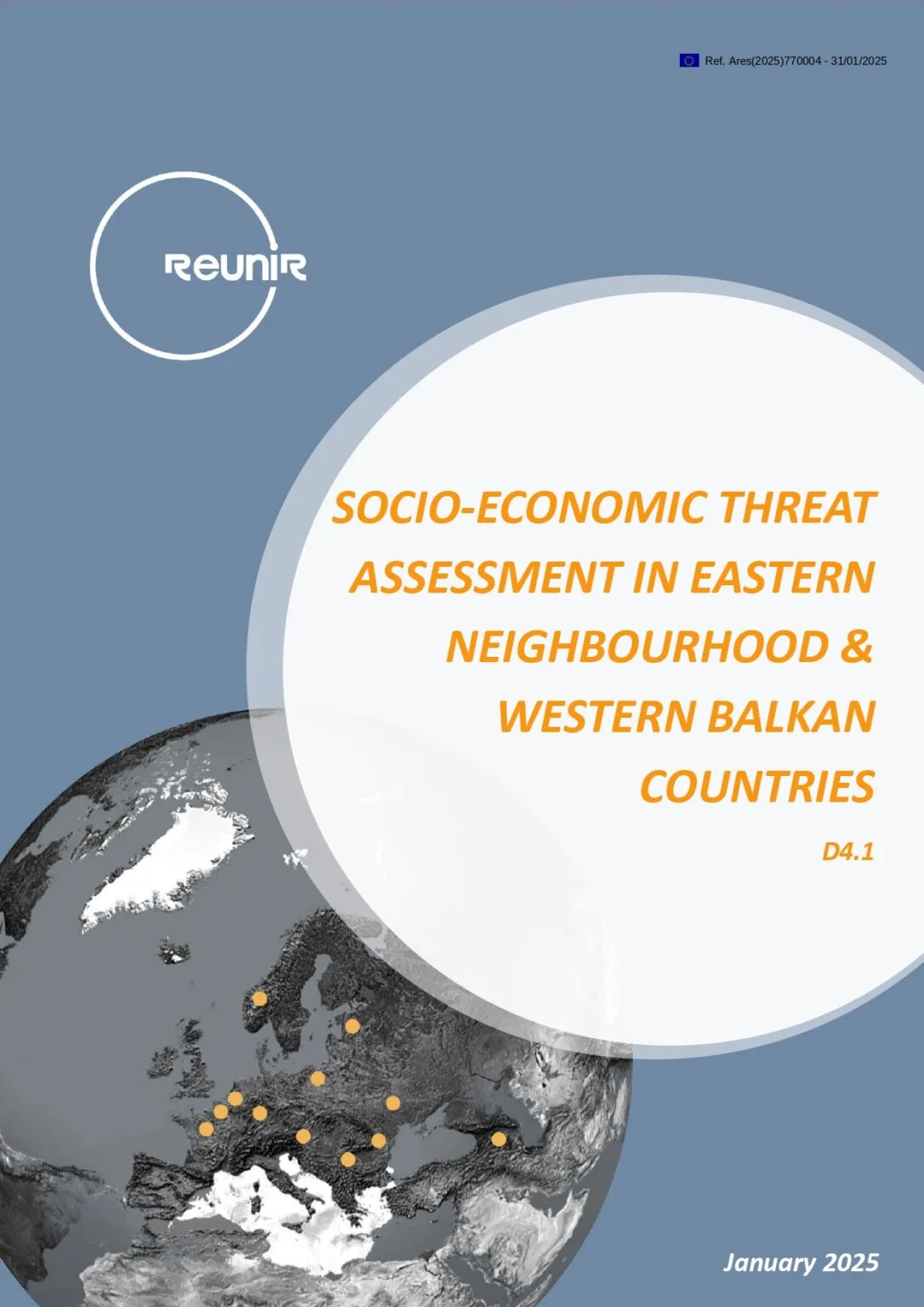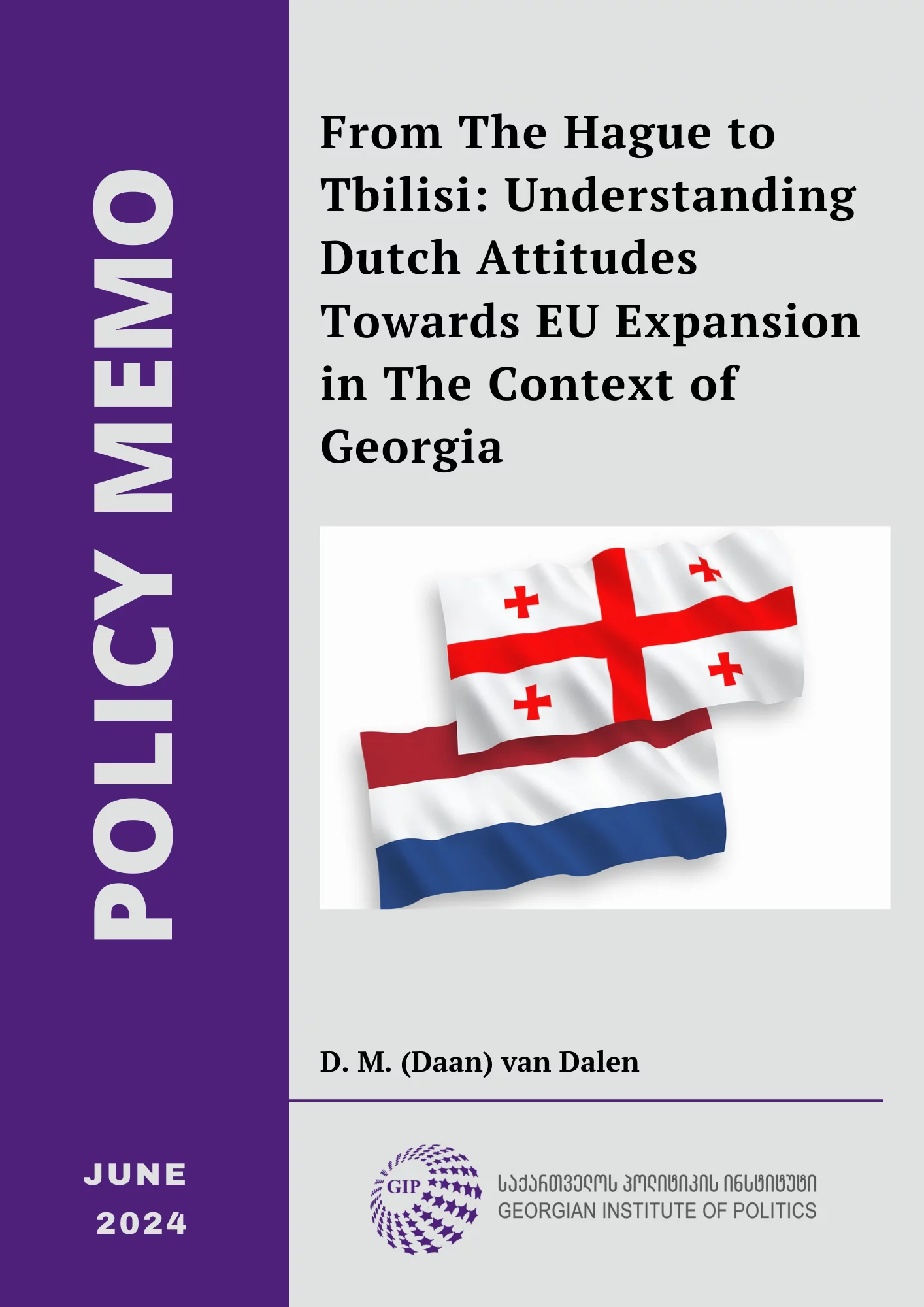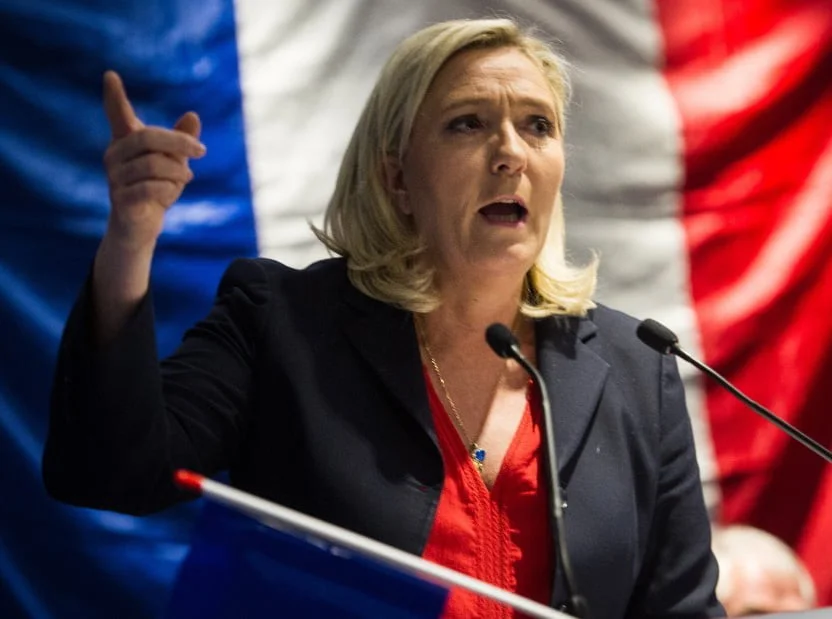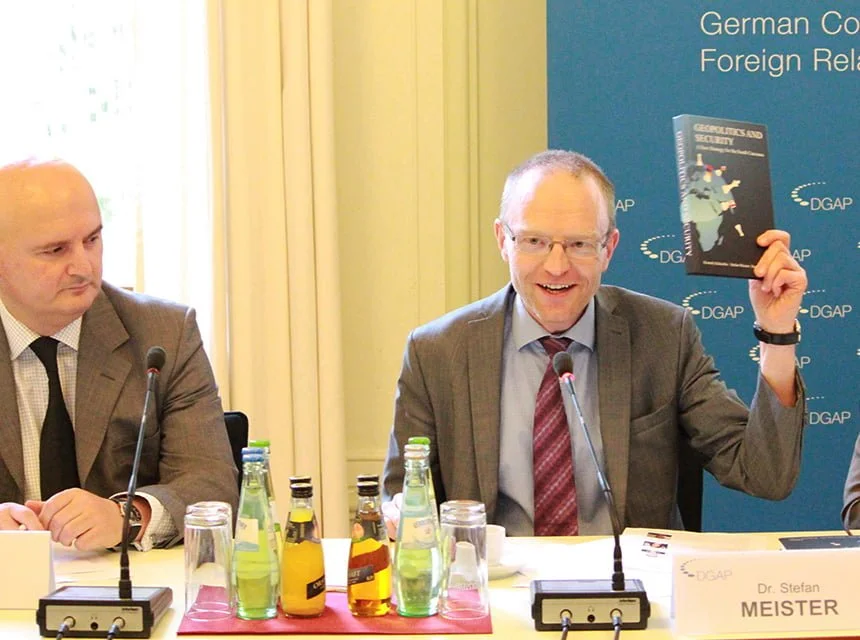2025-01-28 08:36:23
© Originally Published by REUNIR Horizon
Executive summary
This Working Paper, the first deliverable of REUNIR work package 3, aims to understand the nature of the military threats facing the nine candidate countries of the Western Balkans and Eastern Neighbourhood.
We identify six military instruments that might be employed by third states against the candidate countries and from which threats — defined as functions of capabilities and intent to exploit vulnerabilities — may emerge. The six instruments are armed attack; armed presence; sub-threshold attack; military training; arms transfers; and defence cooperation. We assess, on a low-medium-high scale, the likelihood that each of these instruments will be employed against each of the candidate countries in the 2025-2030 timeframe; and, also on a low-medium-high scale, the impact on the candidate countries should these threats emerge. These assessments—essentially expert judgements by the research team—were supported by reference to sets of likelihood and impact indicators developed for this project and informed by a review of the primary and secondary literature dealing with the security environment of the candidate countries and a small number of expert interviews. The resulting threat scans, included as an Annex to this working paper, summarise the military threats to each candidate country.
We conclude that in the Western Balkans, Russia will continue a pattern of behaviour that has seen it act as a spoiler power, using defence cooperation, military training, and arms transfers to sow instability. Its opportunities for doing so, however, have been reduced since its full-scale invasion of Ukraine. Russia may also, as it has before, directly attack Western Balkans countries in the cyber domain. Those countries that are not members of NATO (Bosnia and Herzegovina, Kosovo, Serbia) are more likely to be vulnerable to Russia’s hostile actions. China, meanwhile, has sought to expand its presence in the regional arms market and will continue to do so, with consequences that may be destabilising. The presence of Chinese weapons systems in the armed forces of countries in the region may be an obstacle to their integration into European security arrangements. Türkiye will also continue to be a presence in the military domain through arms sales and defence cooperation. Türkiye’s agenda for the region is benign, but its promotion of parallel, possibly replacement regional arrangements centred around its own leadership may stand in the way of EU integration. Within the region, Serbia has directly employed military instruments against Kosovo, whose independence it does not recognise. It will likely—albeit at a reduced level—continue to pose threats to other Western Balkans countries, and, through a relationship with Russia that stands in the way of EU integration, to itself.
The situation in the Eastern Neighbourhood is more serious. Russia is, and will continue to be, the predominant third state actor posing military threats in this region. Its occupation of Abkhazia and South Ossetia and its support for Transnistria raise the likelihood of it employing (or continuing to employ) military instruments against Georgia and Moldova in the future. Russia will also continue to present the most serious of military threats to Ukraine. Its war there has dragged in other countries — including Belarus, China, North Korea, and Iran — that have become, and will remain, states that pose threats to Ukraine.
In later work, we will evaluate the ability of the candidate countries, with EU support, to cope with these military threats and identify new or improved instruments in the EU toolbox to assist in countering them.
Funded under the European Commission’s Horizon Europe programme, project ID No. 101132446. The content of this working paper represents the views of the authors only and is their sole responsibility. The European Commission does not accept any responsibility for use that may be made of the information it contains.
PROJECT NUMBER: 101132446
PROJECT ACRONYM: REUNIR
PROJECT NAME: Future-proofing EU security, enlargement and eastern neighborhood policies for a new age of international relations
WORK PACKAGE: WP3 – Military threats, aggression and defence resilience
AUTHORS: Tony Lawrence (ICDS), Bidzina Lebanidze (GIP), Mihai Mogildea (IPRE), Anna Osypchuk (NaUKMA), Ivana Ranković (BCSP).

